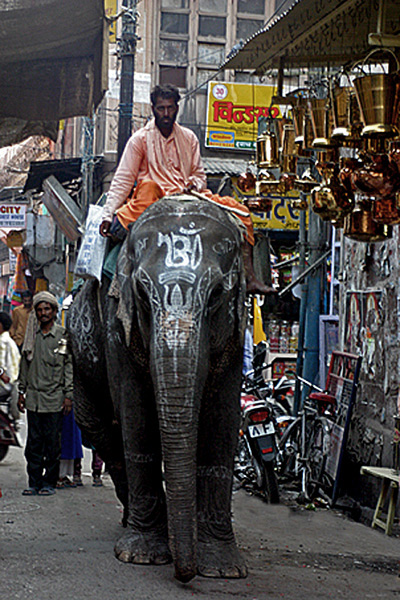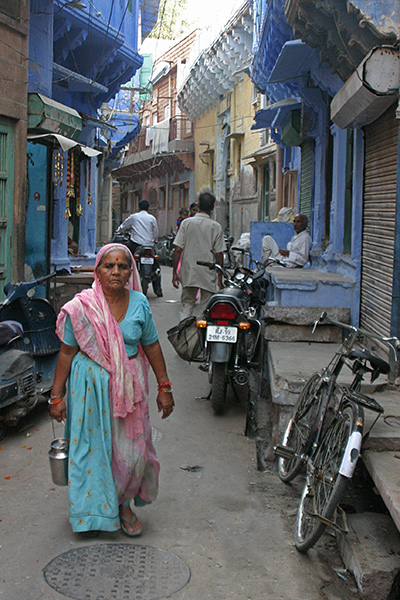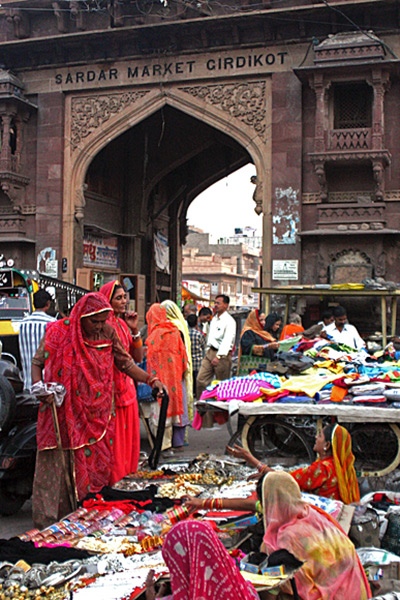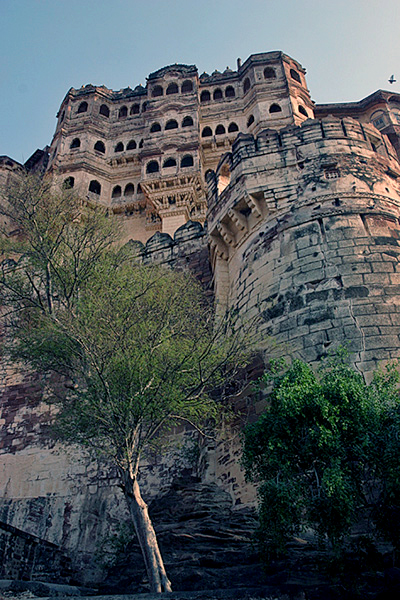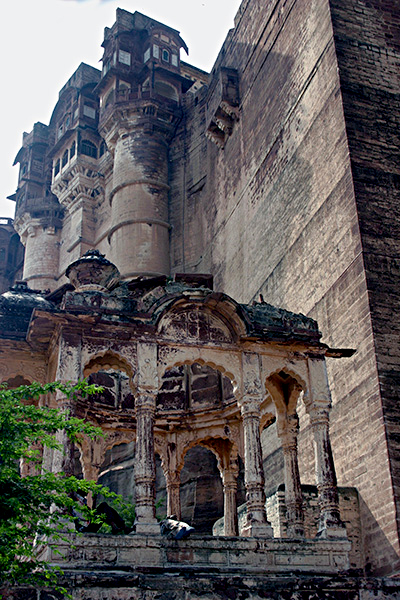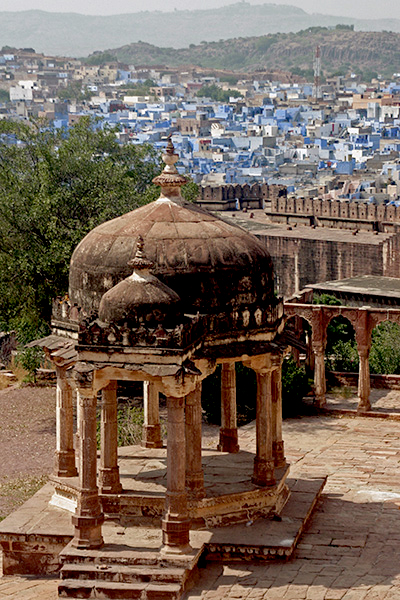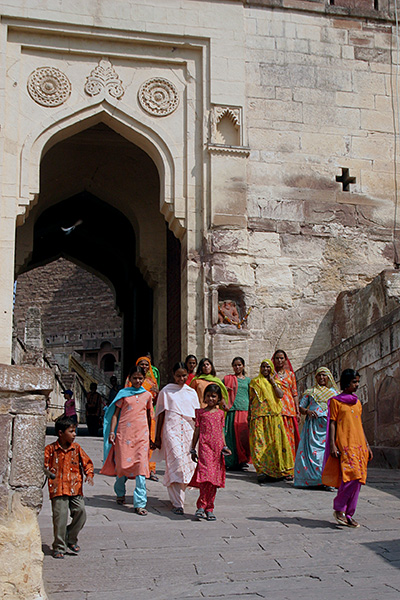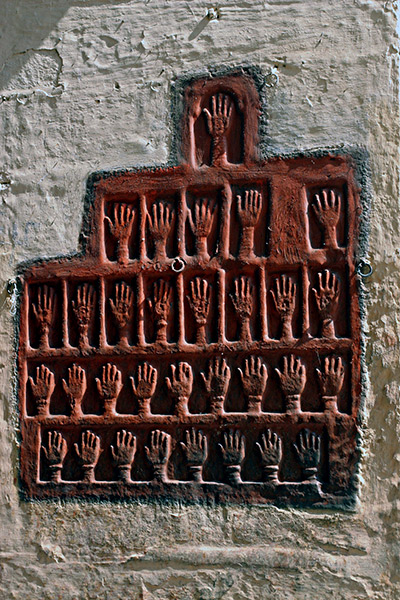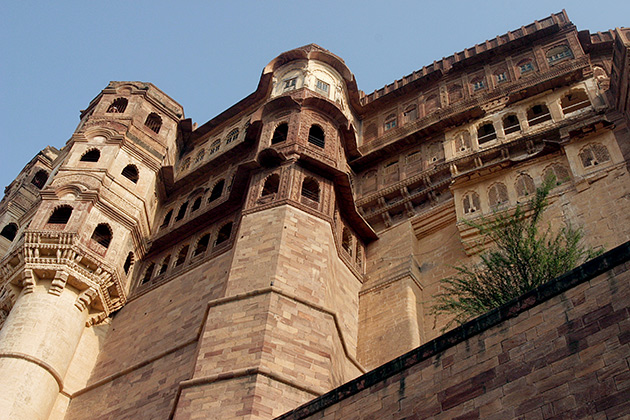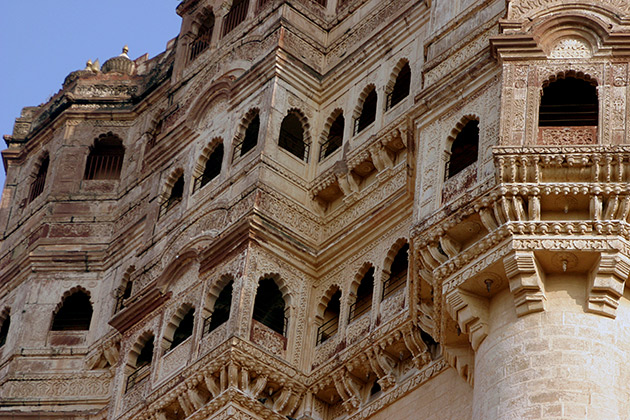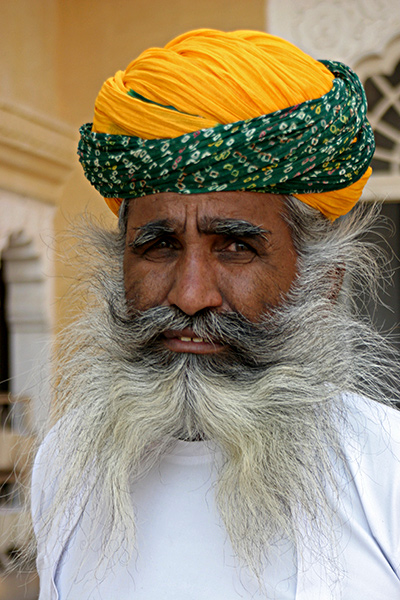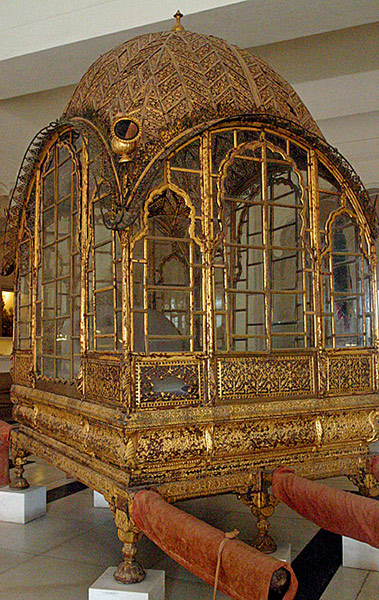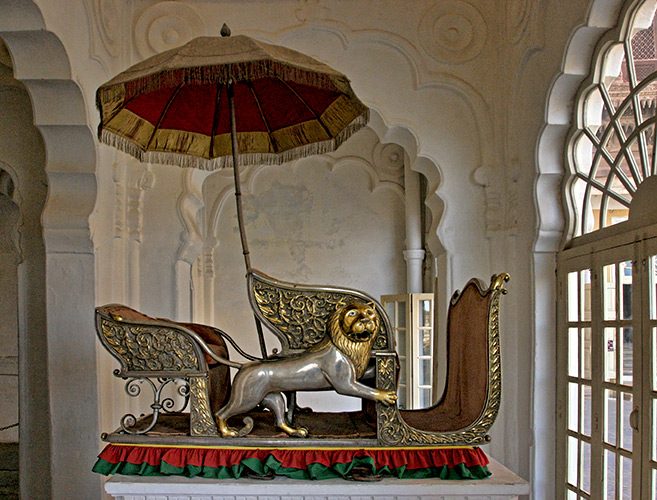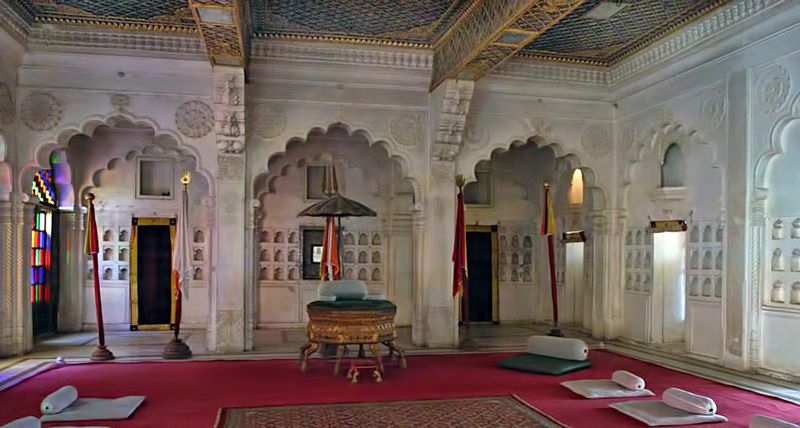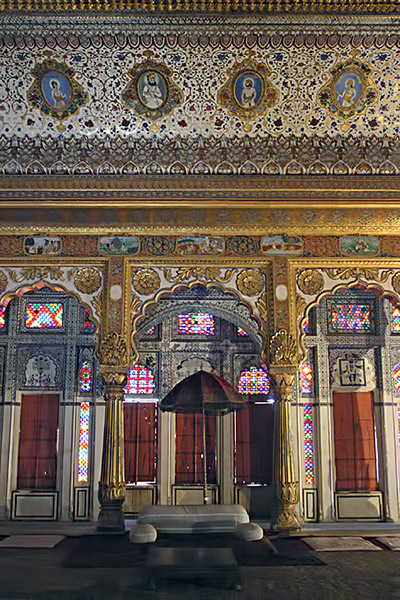|
The local authorities and some merchants
are trying very hard to eliminate the touts who want to show you around
and in particular take you shopping.
Touts claim you will get hopelessly lost and you do, but there are
always a thousand eyes following your progress. They know where you are
from, where you are staying, what you purchased, from whom and what you
paid, "too much Madame"
Should Fanny and I get separated which happened often, someone was
always at our elbow to guide us to "your friend" and hopefully visit his
shop when you are reunited
So there is really no danger of being lost, just don't loose your sense
of humour, you will need it to cope with the indefatigable touts
|


